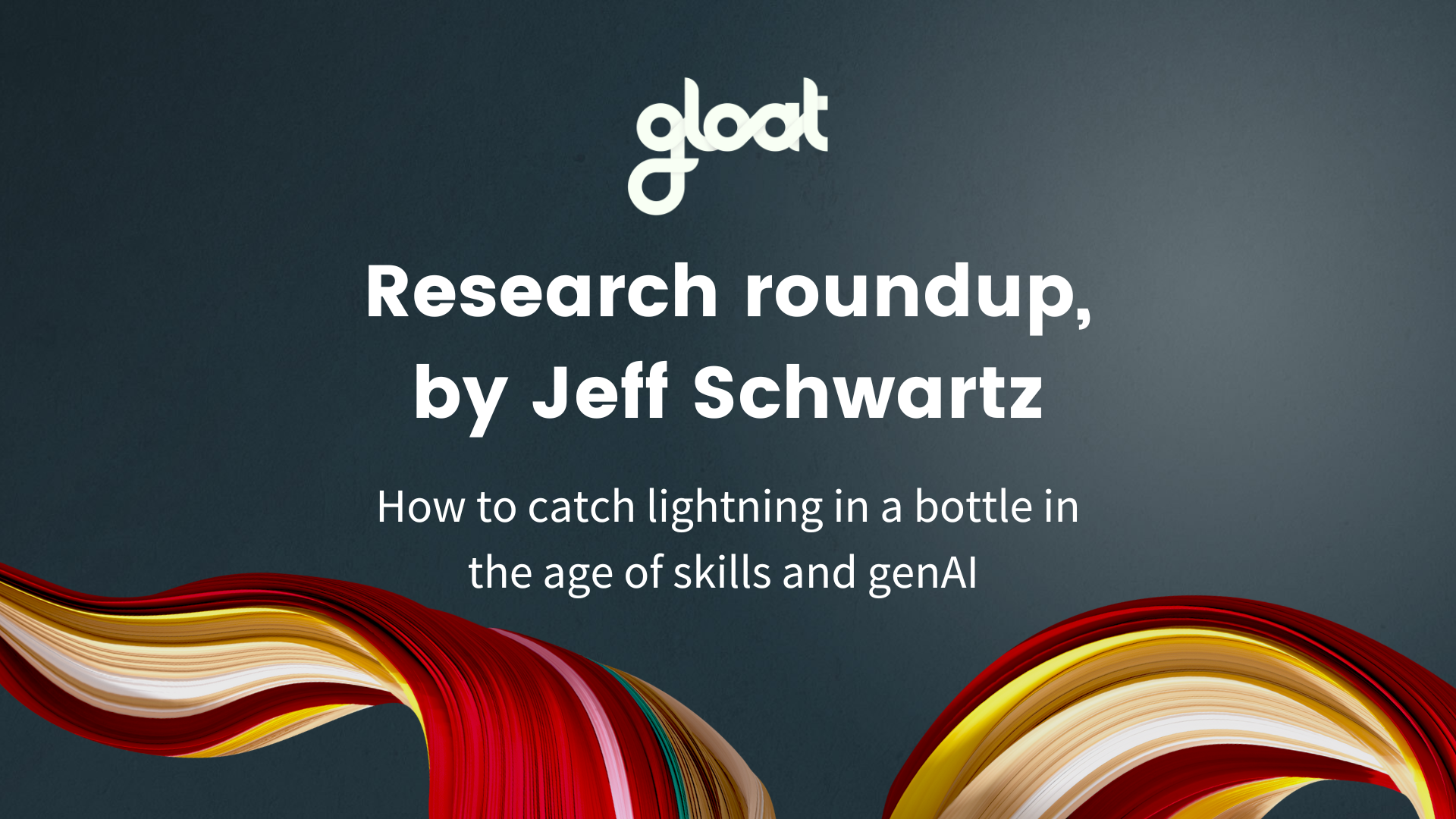Introducing Workforce Explorer: HR’s competitive advantage
Every organization needs real-time insights into the external labor market. Here’s why

Every board meeting, budget decision, and initiative today starts with one thing: data. Important decisions require context for consideration, and data-driven decision-making has become the new paradigm for leading businesses.
Consequently, as businesses set their sights on becoming skills-based organizations, they’ll need a full view of their workforce’s capabilities to make the shift successfully. Yet, while 90% of companies are experimenting with skills-based strategies, approximately 1 in 2 acknowledge that their skills management inventory is a work in progress. Ultimately, this means HR leaders don’t always have the data they need to drive critical decisions.
Beyond the data within their own business, HR leaders also need real-time updates on how their organization’s competencies stack up against the competition and the trends that are shaping the market. Faced with ongoing volatility and widening knowledge gaps, these data-driven insights have never been more crucial—but until now, they’ve been hard to come by.
Thus far, executives looking for market insights are reliant on labor databases and economic reports that are updated sporadically at best. Gloat’s Workforce Explorer is here to change that by providing a centralized destination for rich intelligence on any industry, role, or skill at any time.
What is Workforce Explorer?
Workforce Explorer takes the power of Gloat’s complete ontology and puts it in leaders’ hands. With the ability to access billions of data points across Gloat’s customer network and diverse external labor market sources, executives are equipped to craft strategies using clear and comprehensive data sets.
By delivering the most up-to-date labor and market insights, Workforce Explorer takes the guesswork out of complex talent strategy decisions. As part of the extended Workforce Intelligence suite, organizations can tap into Workforce Explorer to visualize market trends and draw comparisons between internal supply and demand—in turn allowing business leaders to make informed and strategic decisions about when they want to build, borrow, or buy talent.
Workforce Ontology: the backbone powering Workforce Explorer’s strategic insights
What sets insights from Workforce Explorer apart from information that’s gleaned through labor reports, or even other AI data layers, is Gloat’s continuously evolving Workforce Ontology.
Gloat’s Workforce Ontology has been expanding since 2015 and to date includes more than 6,000,000,000 data points—including 1,000,000,000 employee profiles and 2,000,000,000 job postings. It combines external market and labor insights with anonymized, user-generated data from millions of employees across over 120 countries and over 20 industries. This data includes details on employee profiles, skills, career goals, and platform engagement as well as intent and aspirational data that the platform captures when employees respond to various opportunities.
Ultimately, it’s our Workforce Ontology that’s the differentiator between Workforce Explorer and other AI data layers. It provides a unique, not publicly available, layer of information on skills, talent, and opportunities from many of the largest employers around the world. In contrast, other AI data layers leverage only publicly available labor market data and lack the continuous ingestion of real-time employee information needed to provide deep analysis and meaningful recommendations.
How Workforce Explorer helps businesses stay ahead of the game
At a time when every organization is looking for a leg up, there are a few advantages that Workforce Explorer has to offer that can help businesses stay one step ahead of their competition.
#1. It monitors industry trends
In today’s world of work, change truly is the only constant. With new disruptions emerging on a near-daily basis, leaders can no longer rely on quarterly reports or yearly trend analyses to make sense of the shifts that are impacting the market. And beyond that, as changes affect each industry differently, it’s hard to get a picture of what your direct competitors are doing, what skills are on the rise, and the talent most scarce in your industry.
With Workforce Explorer, leaders can now unlock 360-degree visibility into the trends emerging within their own organization and within their unique industry. These insights enable executives to finetune their strategy and workforce planning decisions based on the shifts that are specific to their sector.
#2. It presents a fuller picture of market shifts
Even the most comprehensive labor databases and economic reports won’t capture all of the skill trends emerging within a particular organization. However, these internal patterns are going to impact workforce planning decisions just as much—if not more—than the bigger-picture shifts that third-party sources capture. As roles shift organically and new technology emerges, businesses need to keep up or get left behind.
Consequently, to gain the most in-depth insight into job and skills trends, leaders need to consider external and internal sources. By combining public information on skills, job descriptions, and resumes with their own internal data on knowledge gaps and employee profiles, Workforce Explorer brings together company and third-party data sources in a way no other system can.
#3. It lets leaders track and manage labor shortages
Leaders can’t afford to find out about shortages in talent supply once their business is being impacted by them. Instead, executives need insights that will help them stay ahead of the game and ensure their organization has the skills needed to respond to evolving market demands. Workforce Explorer helps leaders pinpoint emerging gaps between their workforce’s skills and the labor market so they can develop and acquire talent to meet tomorrow’s challenges.
#4. It streamlines and optimizes talent acquisition decisions
Deciding which roles to hire for and which positions an employee can be upskilled or reskilled to fill is one of the most challenging decisions that HR leaders need to make. During periods of market uncertainty, this choice becomes even more crucial because no business can afford to pay for recruiting and onboarding new talent when they already have an employee with comparable skills.
Rather than guessing when talent must be bought and when skills can be developed or borrowed from another department, Workforce Explorer helps leaders make informed decisions based on current capabilities and market trends. Armed with this information, hiring managers can rest assured that they’re not overlooking qualified internal talent with the skills and expertise they need.





